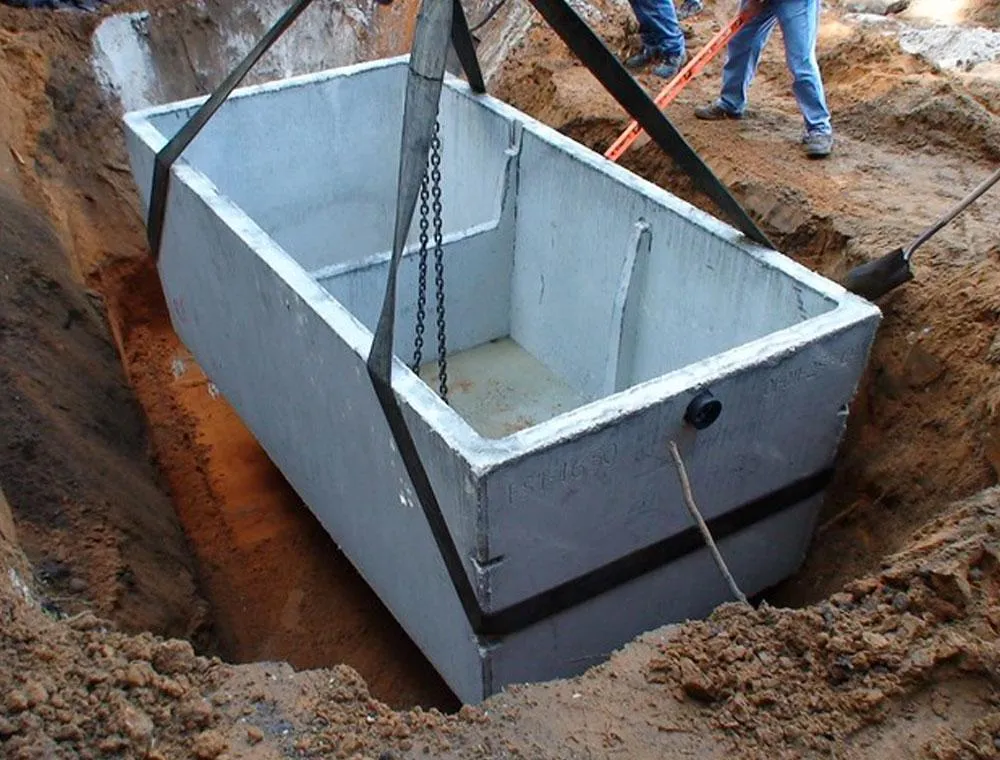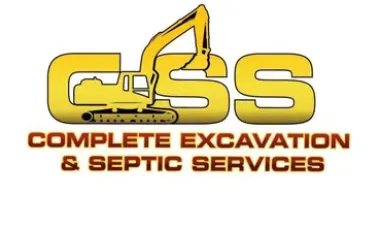
Proudly Serving: Grand Isle, Franklin & Chittenden Counties, VT and Clinton County, NY

Essential Guide to Septic Tank Installations Near Grand Isle County, Vermont
When it comes to rural living, having a well-functioning septic system is crucial. For Septic Tank Installations Near Grand Isle County, Vermont, understanding the ins and outs of septic tank installations near this area is essential. Whether you’re building a new home or replacing an old system, this guide aims to provide you with all the information you need.
Why Are Septic Systems Important?
Septic systems are crucial for managing household wastewater in areas without centralized sewer systems. They treat wastewater on-site, preventing contamination of local water sources and ensuring a healthy environment. A properly installed and maintained septic system can last for decades, making it a worthwhile investment for homeowners in rural settings.
Key Considerations for Septic Tank Installations
Soil Testing: Before installing a septic system, it’s important to conduct a soil test. This determines the soil's ability to absorb and filter wastewater. The test will guide the type of system needed and its location on your property.
Permitting and Regulations: Local regulations govern septic installations to ensure environmental safety. It's essential to obtain the necessary permits from local health departments. Understanding these regulations can save time and prevent legal issues down the line.
System Design: The design of your septic system depends on factors such as household size, water usage, and soil conditions. Consulting with a professional can help you choose the right system, whether it’s a conventional septic tank, an aerobic treatment unit, or another alternative system.
Common Questions About Septic Tank Installations
Q1: How do I know if my property is suitable for a septic system?
A1: Suitability depends on several factors, including soil composition, the size of your lot, and local zoning laws. A percolation test (or "perc" test) will assess the soil’s absorption capacity. If your soil is too sandy or too clayey, you might need a specialized system.
Q2: What are the costs involved in installing a septic system?
A2: Costs vary widely based on the type of system, soil conditions, and the complexity of the installation. On average, you might expect to spend between $3,000 and $10,000. Additional expenses may include soil testing, permits, and landscaping after the installation.
Q3: How long does the installation process take?
A3: The installation timeline can range from a few days to several weeks. This depends on factors like weather conditions, the complexity of the system, and scheduling with contractors. Generally, the initial phase of soil testing and permitting can take the longest.
Q4: What maintenance is required for a septic system?
A4: Regular maintenance is crucial for the longevity of your system. This includes pumping the tank every 3-5 years, depending on usage, and having annual inspections. Avoiding the disposal of non-biodegradable items and limiting the use of harsh chemicals can also extend your system’s life.
Selecting a Professional for Septic Tank Installations Near Grand Isle County in Vermont
Choosing the right professional for your septic tank installation is critical. Look for contractors with experience and a solid reputation in the community. Ask for references and check online reviews. Ensure they are licensed and insured to avoid potential liabilities.
Tips for Maintaining Your Septic System
Regular Inspections: Schedule annual inspections to catch potential issues early.
Pump the Tank: Regularly pump the tank to prevent solids from clogging the system.
Water Conservation: Reduce water usage to prevent overloading the system.
Proper Waste Disposal: Avoid flushing items that can’t decompose, such as wipes and sanitary products.
Protect the Drain Field: Do not drive or park vehicles on the drain field to prevent soil compaction.
The Benefits of Professional Installation
Professional installation ensures your system complies with local regulations and is tailored to your property’s specific needs. Professionals use the latest technology and techniques to install systems that are efficient and environmentally friendly. They also provide valuable advice on system maintenance and operation.
Environmental Considerations
A properly functioning septic system protects local water sources from contamination. It also supports the natural ecosystem by safely recycling wastewater. When installing a septic system near Grand Isle County, ensuring minimal environmental impact should be a priority.
Conclusion
Installing a septic tank system is a significant undertaking that requires careful planning and professional expertise. By understanding the process and selecting the right professionals, you can ensure a reliable wastewater management solution for your home. With proper maintenance, your septic system will provide years of trouble-free service, contributing to the health and sustainability of the beautiful landscape of Grand Isle County in Vermont.
By addressing common questions and highlighting the importance of professional installation, this guide aims to make the process of installing a septic system clear and manageable. Whether you are a long-time resident or new to the area, having a reliable septic system is key to enjoying all that rural living has to offer.

Hours:
Mon - Fri 9:00 am - 5:00 pm
Extended hours by appointment only.



All rights reserved | Privacy policy | Client Support Area
Disclaimer: Septic inspection credit is applied to septic installations only and must be redeemed within 7 days after a written quote provided upon state acceptance of design.
Disclaimer: Septic soil test credit is applied to septic installations only and must be redeemed within 7 days after a written quote provided upon state acceptance of design.